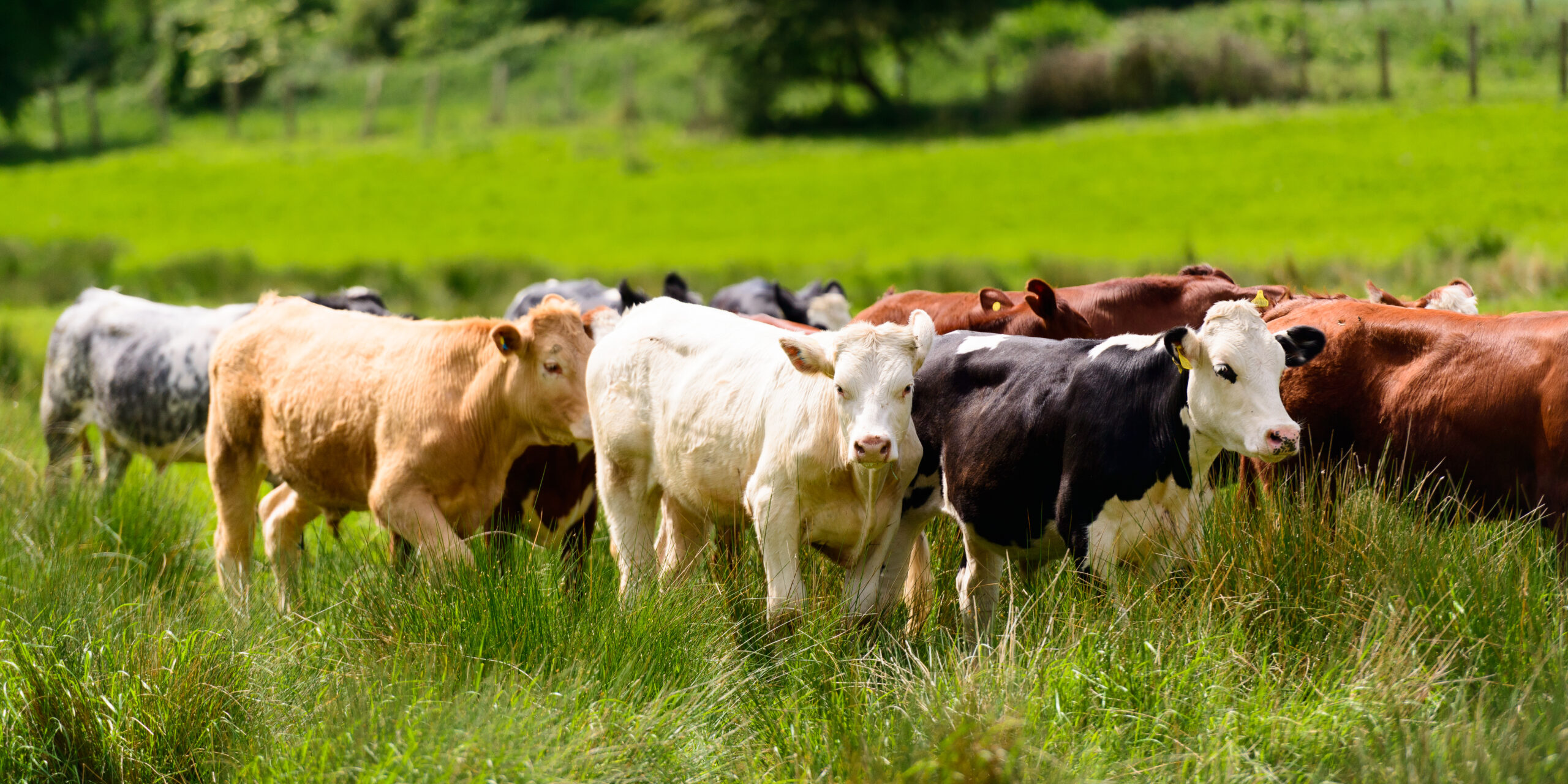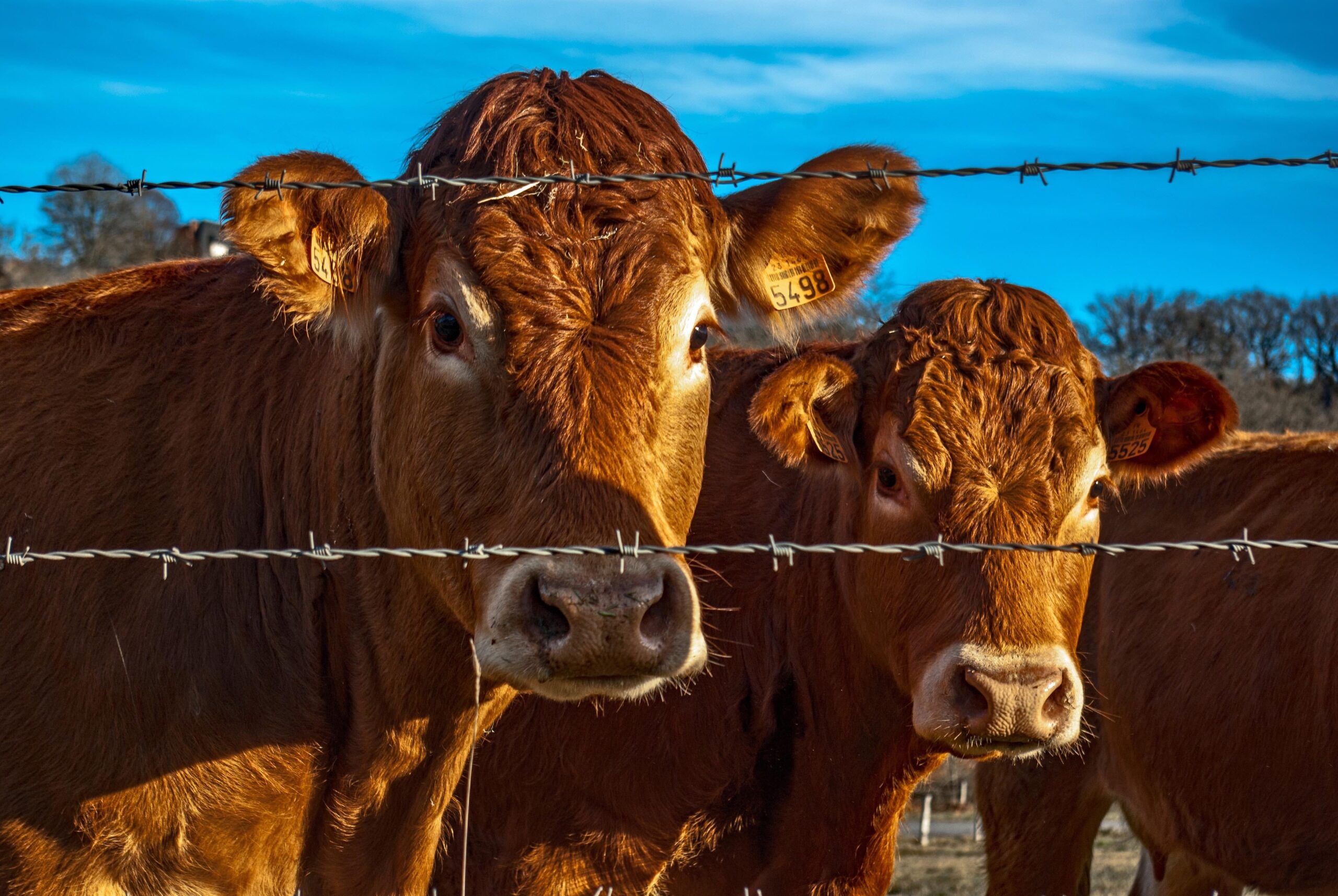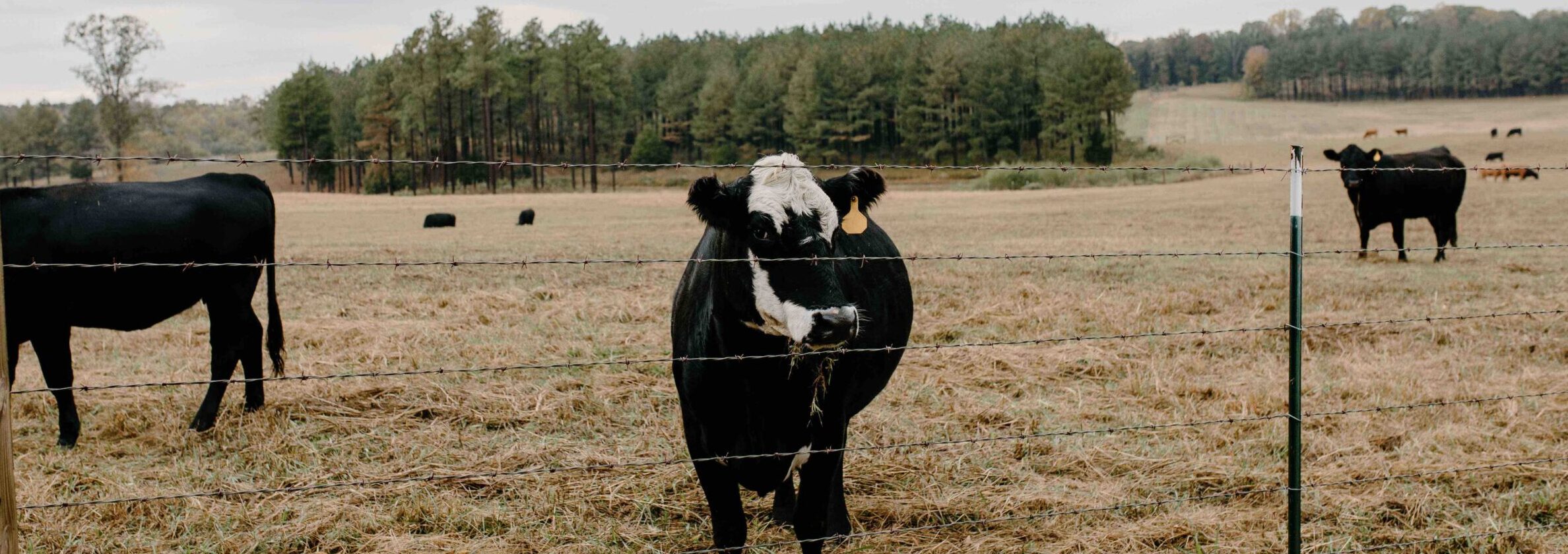The summer and fall months are when a majority of producers are selling spring-born calves or yearlings from last fall. Due to the increase in supply of calves, prices typically decline during these months as demand from feedlot buyers is more easily met than in the spring. In Florida and nationwide, we started seeing this decline in prices a little earlier (April), which is partly due to the market responding to the outbreak of HPAI H5N1 in dairies, earlier trader’s recession fears, and more fed beef production than last year. However, prices still remained well above 2023 levels. Going into the summer months, as mentioned in a previous SAT article, prices followed the seasonal trend of declining in the summer and fall.
Figure 1 shows the average monthly price index for 450-500 lb steers in Florida from 2018-2022. This figure is simply a visual to show how we know the current dip in prices is normal for this time of year. The price index (blue line) shows the relationship between each month’s average price and the annual average price. When the price index is above 100%, that means prices in that month, on average, are higher than the annual average, such as in the spring. When the price index is below 100%, that means prices in that month, on average, are lower than the annual average, such as in the fall.
Now, Figure 1 only represents 2018-2022, not 2023 when prices were transitioning from a low point to a high point. Figure 2 shows how this transition period did not follow the typical seasonality trend (orange line). Prices continued rising into 2024, but then began falling as previously mentioned and much like we saw in 2015. However, the difference to notice between 2024 and 2015 is inventory levels and the rate of expansion (Figure 3). In 2015, expansion had already started when prices were at the levels we are seeing today. There was no incentive for prices to climb back up after the typical dip in the fall. In the current market, we have not started expanding and have already hit new record-high calf prices. This indicates that while we are experiencing the effects of seasonality this year, it is not expected that we are headed for a continuous low level of cattle prices for quite some time.
Figure 1. Average Monthly Price Index for Florida Steer Calves

Figure 2. Average Monthly Prices for Steer Calves

Figure 3. Beef Cow Inventory and Monthly Calf Prices

Baker, Hannah. “Seasonal Price Trends & Inventory.” Southern Ag Today 4(40.2). October 1, 2024. Permalink





